Everyone who knows me knows that I ride bikes. A lot. But when the weather turns cold and the snow starts to fall, I’m often asked if I continue my two-wheeled adventures through the depths of winter. The answer? Of course!
I actually love mountain biking in the winter. Maybe this has to do with the fact that I actually renewed my relationship with riding bikes in the middle of winter on a fat bike, beginning the obsession that has changed my life for the better in so many ways. Or maybe it’s that I just enjoy getting outside and being active in all seasons and weather conditions. Whatever the reason, winter riding actually holds a special place in my heart. While it may seem intimidating to some people, it’s really not that hard to get out there in the cold and do it.
[see_also id=”38441″][/see_also]
Riding your bike in the winter is just a matter of being prepared and having the right mindset. I’m certainly no expert and I’m still figuring things out myself, but here are some things I’ve learned after a few seasons of winter pedaling.

1. Win the mental game.
The hardest part is always the beginning–working up the gumption to even go for a ride, stepping out the door into the cold, and those first 10 minutes before your body gets warmed up. Walking outside into the cold and snow is tough, and it never gets easier.
If you’re properly dressed, you should be a bit cold when you start, and that can be a tricky mind game. I have spent plenty of time at the trailhead after emerging from a warm car adding and subtracting layers and deliberating in my head and out loud about what to wear. More often, I’m overdressed rather than underdressed, because it’s tough to venture out chilly. But I’ve heard it said that if you don’t begin a ride thinking, “Man, this is going to suck,” then you’re overdressed. There’s truth to that.
So suck it up, be slightly chilly for the first few minutes, and then you’ll be fine for the rest of the ride.
That being said, if you’re on the fence about whether or not to wear an extra layer, it can’t hurt to bring it along just in case. Which brings us to the next important tip…
2. Layer up.

Layer, layer, layer! I can’t stress it enough. Winter conditions are often unpredictable and there can be large temperature shifts over the course of a day, especially in early or late season (very cold mornings and nights and warm-ish days). The key to being comfortable while biking, or doing any sort of physical activity outdoors in the winter, is staying warm without getting too hot. Getting overheated in the winter isn’t just uncomfortable like it is the rest of the year; it can be deadly. Being too hot and sweating a lot means wet clothes, and wet clothes means that eventually, you will be cold. Sometimes, very very cold. The key to avoiding this predicament is to layer up, and make sure that the fabric against your skin is wicking. It’s also a good idea to carry a packable shell along, as it adds a significant amount of warmth without being too bulky, and it’s always nice to have along if the temperature drops, if there are a lot of long descents, or if there’s precipitation.
[see_also id=”38259″][/see_also]
3. Begin uphill.
Or at least not on a long downhill. Because you should be chilly from the start, you’re going to want to warm up. The quickest way to do that is to go up. Get that heart pumping and you’ll be toasty in no time.
4. Change your expectations.
Mountain biking in the snow is different than riding dry dirt in the summertime. It’s slower, squishier, sloggier. You may cover half the mileage you would in non-snowy/icy conditions. There might be some pushing and walking where you’d normally ride. Try your best not to get too discouraged. You are, after all, on a bike, and snow is beautiful. Even most of the snow-haters can’t argue too much with that one. So slow down, and enjoy the ride (or walk). Take pictures. Relish the company of those you’re with. Explore new challenges that might be different than those found on a dry trail, such as crawling uphill at a snail’s pace and trying to maintain balance, or navigating icy rocks that may normally be a piece of cake but have suddenly turned into a more difficult obstacle. Snow-covered gravel roads or grassy fields suddenly become more appealing and exciting than they are the rest of the year. Snow changes things, so keep an open mind and roll with whatever comes along.

5. Remember to drink.
When it’s cold out, we often forget to guzzle that water as much as we should. Remember to do it anyway. Drinking cold water when it’s cold out isn’t the most fun thing in the world, but it’s important to stay hydrated. When temperatures dip into the 20s and below, I generally run into problems with water freezing on a longer ride. To prevent this, I’ll start with hot water in my bottle or reservoir, and if it’s very cold, I add a small amount of whisky, which does wonders to help keep things liquid longer. Another option is to keep your hydration pack under your jacket (my jacket isn’t quite large enough to do this without being awkward and uncomfortable).

6. Studs are your friend.
My first couple of winters of riding, I didn’t have studs. I did just fine, aside from the occasional spill on icy roads. Then I got a studded rear tire, and I wondered why on earth I never did that before. While studded tires don’t make you completely immune to falls in slippery conditions, they sure do help a lot, and they can make previously-impossible icy climbs all but a piece of cake. Each year, there are more and more studded tire options, and if you’re feeling really ambitious, you can even try studding your own.
[see_also id=”198081″][/see_also]
7. Know your limits.
This is important year-round, but in the chilly and potentially-changeable weather conditions of winter, this is especially crucial to keep in mind. The consequences of being stuck in a situation where you’re totally over your head are generally far greater when the risk of hypothermia is involved. Don’t head out alone for a ride that’s longer or more difficult than what you are used to, without being highly prepared. Know the signs of hypothermia and pay attention to your body so that you can realize when you are too cold.
8. Just have fun.
I think that’s pretty self-explanatory.


I could go on and on about mountain biking in the winter, and I’m sure that over the course of this upcoming season I will learn even more about what works, what doesn’t, and how to have even more fun on bikes when the temperatures turn cold. Last year, Michael Paul wrote a good article full of other helpful hints that I didn’t even touch on here, and I’m sure there are many of you out there with even more ideas to offer. What are some of your tips for riding in the cold and snow?
[see_also id=”38441″][/see_also]


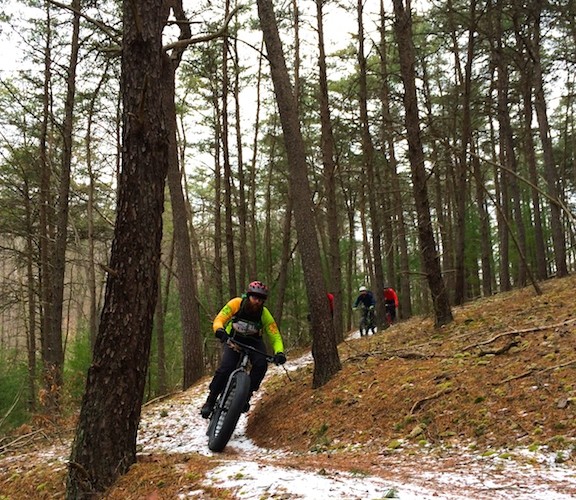

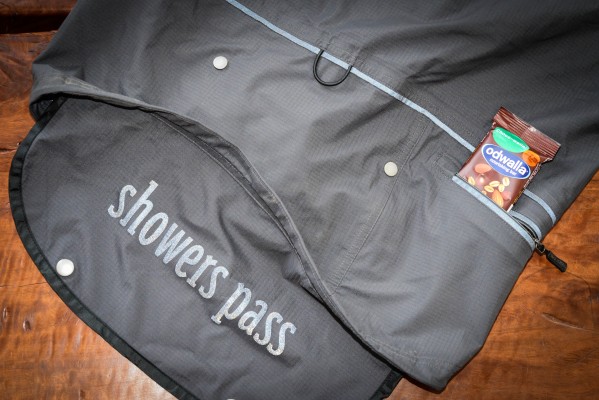

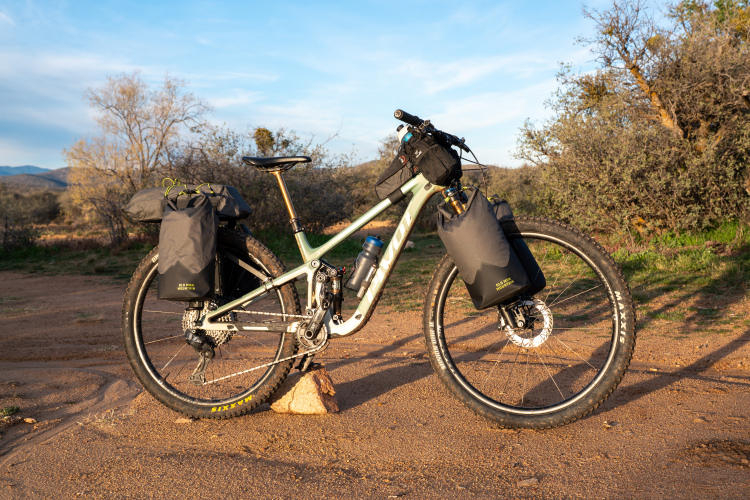
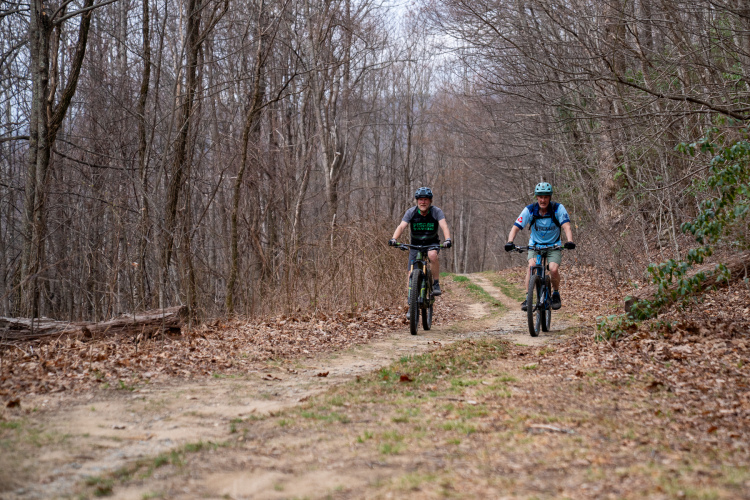
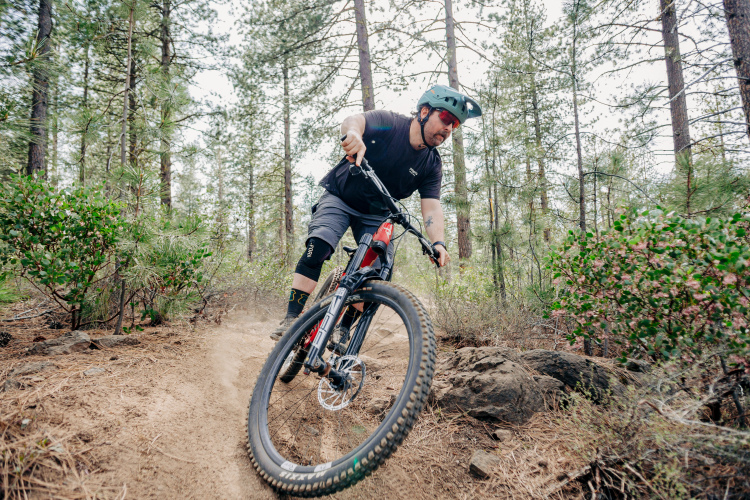
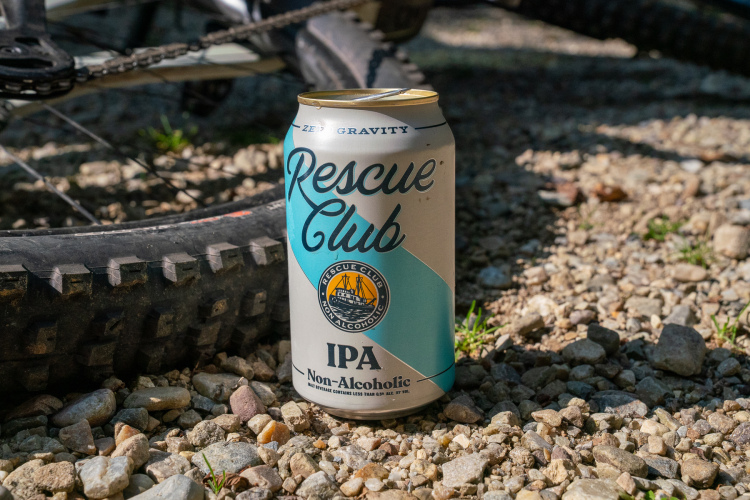

3 Comments
Dec 19, 2017
Jan 14, 2020
Dec 23, 2016